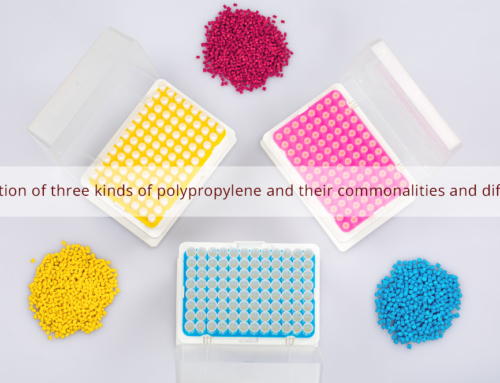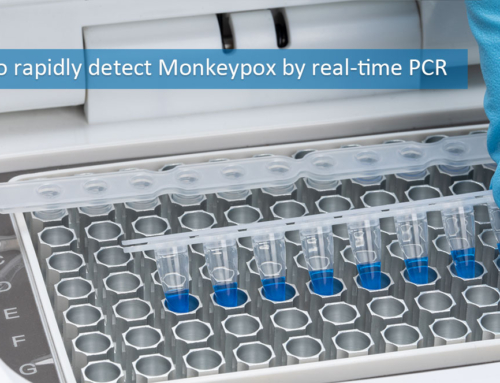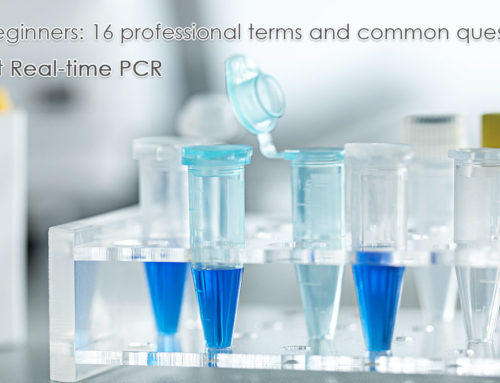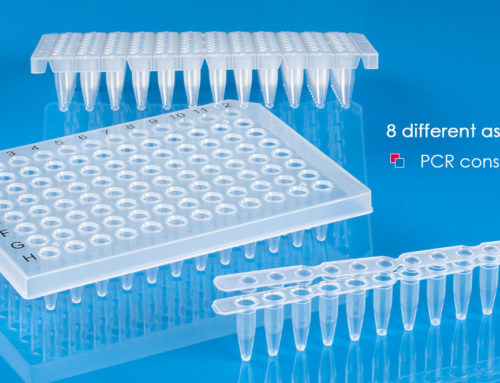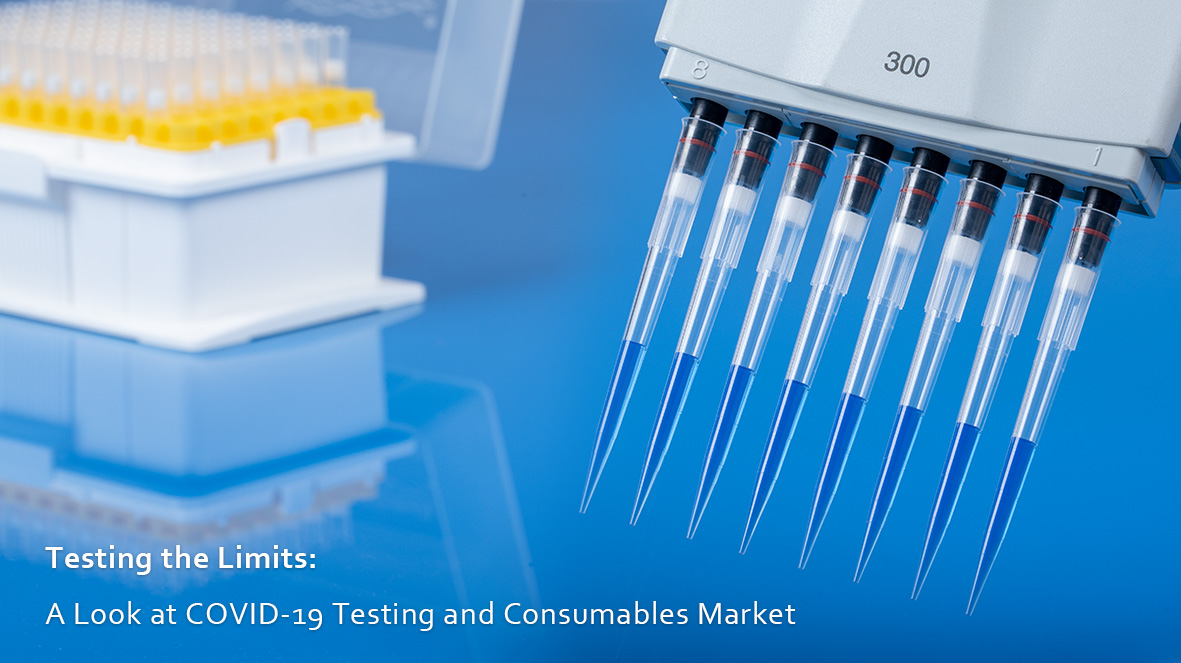
The COVID-19 pandemic has drastically impacted every aspect of our lives, from the way we socialize and work to how we travel and shop. At the center of the health crisis is the novel coronavirus, as it spreads via respiratory droplets and causes severe respiratory illness and other related complications. Governments and the World Health Organization have implemented various measures to control its spread, such as wearing face masks and social distancing.
Testing plays a crucial tool in the fight against COVID-19. As a result, numerous companies have entered the market for COVID-19 testing supplies to meet the rising demand. This has led to a significant growth of the industry. In this paper, we will delve deep into the impact of COVID-19 on consumable manufacturers, their production capacity, and their potential prospects after the pandemic.
Part I. Various COVID-19 Tests and Their Related Consumables
The increasing volume of testing has resulted in a high demand for a range of consumables. In this section, we will introduce three main types of COVID-19 tests and the consumables that are used for each test.
Please note that each of these testing methods has its own advantages and limitations, and the choice of method and the specific consumables will depend on specific situation.
1.1. Reverse Transcriptase Polymerase Chain Reaction (RT-PCR) Test
This is the gold standard test for COVID-19. It detects trace amounts of genetic material (RNA) of SARS-CoV-2.
Technicians use swabs to extract viral RNA from a patient’s nose or throat. The RNA is then reverse transcribed into complementary DNA (cDNA) and amplified using PCR with primers specific for the SARS-CoV-2 virus. The amplified DNA is then detected using fluorescent probes. The test is highly accurate and sensitive.
- Related consumables needed: swabs, viral RNA extraction kits, reverse transcriptase enzyme and primers, taq polymerase and PCR mix, fluorescent probes, PCR tubes, microcentrifuge tubes, pipettes and tips, cleaning reagents.
1.2. Rapid Antigen Test
This test is designed to detect the presence of antigens, which are proteins produced by the COVID-19 virus and obtained from a person’s nose or mouth.
To perform the test, technicians collect a sample from the nose or throat using a swab. The sample is then mixed with a solution containing antibodies that specifically bind to the viral antigen. If the virus is present in the sample, it will bind to the antibody and create a visible line on the test paper.
One of significant benefit of this test is that it could yield results in as little as 15 minutes, making it useful for where needs a rapid diagnosis, such as in hospitals, airport and so on. However, it is important to note that it has a higher probability of producing false negatives than RT-PCR.
- Related consumables needed: test cassette or strip, extraction buffer, swab or nasal aspirate, positive and negative controls, buffer vial, waste collection bag.
1.3. Antibody Test
An antibody test for COVID-19 is a diagnostic test that detects the presence of antibodies in a person’s blood, which are produced by the immune system in response to an infection with the COVID-19 virus. Antibodies are proteins that can remain in the blood for several months after an infection has resolved, and their presence can indicate a past infection with the virus.
This test requires a blood sample, which is usually collected through a finger prick or a venous blood draw. However, it’s important to note that the antibody test is not a substitute for diagnostic tests used to detect active infections, such as PCR or antigen tests. This is because the antibody test detects the body’s response to the virus, rather than the presence of the virus itself.
It’s also important to note that the antibody test cannot be used to diagnose COVID-19.
- Related consumables needed: specimen collection tubes, buffers, ELISA plates, conjugates, substrates, positive and negative controls, pipettes and pipette tips, wash solutions, stop solution.
Part II. Changes in Production Capacity in the Consumable Industry
The COVID-19 pandemic has led to a surge in demand for various disposable consumables needed for different tests. Consequently, the market demand for these consumables sharply increased at the beginning of 2021, leading to the establishment of numerous consumable companies, as well as the expansion of existing ones. This global health crisis has created a boom time for consumables manufacturers.
During the early stages of the pandemic, consumable factory orders were constantly increasing, and production capacity was a major challenge. However, looking back at the current time (2023), the situation has changed dramatically. This section use China and the United States as examples to illustrate changes in the production capacity of consumable industries.
Due to the high demand for COVID-19 testing supplies in 2020 and 2021, many companies in China and the United States have rapidly expanded production capacity to meet market demand. Some leading companies in the industry have invested heavily in increasing production capacity and improving supply chain management to ensure stable supplies of raw materials and efficient production processes.
The demand for consumables has fluctuated as COVID-19 has evolved in different countries and regions. The production capacity of some companies in China and the United States has changed due to various factors, including changes in government policies and fluctuations in the global supply chain.
For example, increased demand for testing supplies has also led to shortages of certain materials needed for testing, such as filter pipette tips. Manufacturers have already had to adjust their production capacity to meet these shortages. Supply chain disruptions caused by border closures and transportation restrictions have also affected production capacity, causing delays in the delivery of raw materials and finished products.
In China, where the government has provided strong support to the industry, lab consumables companies have sprung up and the existing companies are expanding. This has led to a significant increase in production capacity, making China one of the world’s leading producers of laboratory consumables.
To adapt and innovate the challenges posed by the pandemic, manufacturers in the industry have had to adapt and innovate their manufacturing processes. Some have developed new products and improved product performance to increase competitiveness, while others have focused on developing automated products that reduce the need for manpower and improve efficiency.
In the United States, there has been a surge in the formation of new experimental consumable companies, as well as the expansion of existing ones. The government has provided financial incentives to encourage domestic production, resulting in an increase in production capacity. However, supply chain disruptions and raw material shortages have created challenges for the industry, affecting capacity.
Overall, the laboratory consumables industry in both China and the United States has experienced capacity changes due to the COVID-19 pandemic. There has also been an increase in demand and innovation in response to the pandemic, despite challenges such as certain supply shortages and supply chain disruptions.
Part III. Prospects for Consumable Manufacturers after the Pandemic
In the aftermath of the pandemic, demand for routine testing has gradually returned to pre-pandemic levels, leading to a restructured market with intense competition. While many temporary enterprises have failed, there are many remaining enterprises that are finding ways to become more competitive and successful in the post-pandemic era. In this section, we analyze several aspects of the lab consumables industry and suggest ways to improve competitiveness.
One important aspect is sustainability, with a growing emphasis on sustainable materials and manufacturing processes. Manufacturers of laboratory consumables should consider shifting their focus to meet the needs of environmentally conscious consumers.
Another aspect is diversification, as manufacturers expand their product lines to meet changing market demands, such as developing products suitable for industries like environmental testing and pharmaceuticals.
Quality control is also important and manufacturers can implement more stringent quality control processes and equipment to improve product quality.
The laboratory consumables industry is expected to see significant technological advances, including the development of new materials and manufacturing techniques that can create more durable, efficient and cost-effective products.
Automation is already playing a major role in the industry, and more automated processes can increase efficiency and reduce costs for both manufacturers and consumers. Manufacturers can invest in digital transformation, such as automation of manufacturing processes and digital supply chain management.
Finally, manufacturers can increase customer engagement by providing educational resources and webinars to help customers optimize the use of their products. This builds customer loyalty and long-term relationships.
In Summarize
The pandemic has breathed new life into the industry, and the post-pandemic market is abound with a myriad of both enticing opportunities and formidable challenges. This shift could potentially pave the way for innovative directions of development, alongside the emergence of superior product technologies. The possibilities for innovation are boundless, and we are thrilled to witness how this transformation will shape the future of the industry.
*We would greatly appreciate it if you could inform us of any errors so that we can promptly fix them.









